Cooper Scaife Architects
Cooper Scaife Architects pursue design excellence as a regional Victorian practice. The firm is led by Daniel Cooper and Bianca Scaife and is supported by a dedicated team of professional staff who bring a broad range of skills to every project. Both Daniel and Bianca studied architecture at RMIT, graduating with first class honours. Prior to entering private practice, they spent a number of years working for design offices in Melbourne and the Netherlands. Since its establishment in 2003 the range and scale of work undertaken by CSA has grown to include new houses, alterations to heritage homes, commercial, municipal, education and health facilities.
Driving directions to Cooper Scaife Architects on map
Cooper Scaife Architects on Google Maps
Projects:
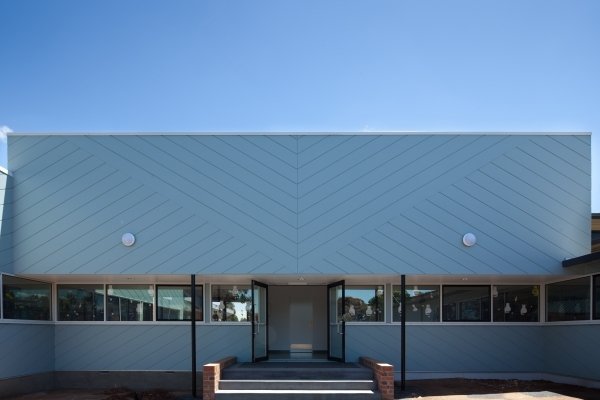
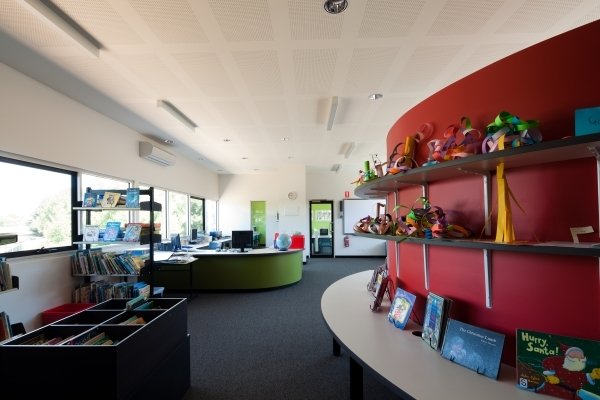

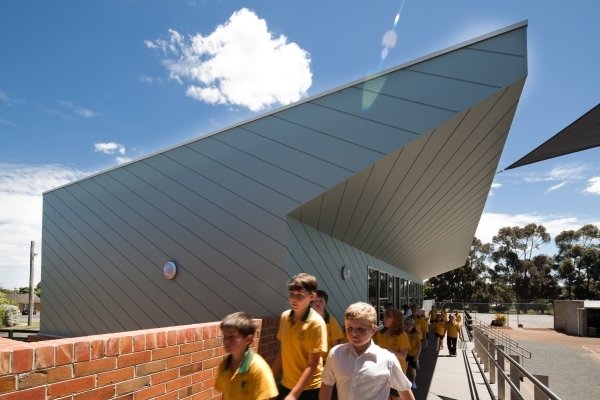
Good Shepherd College Primary Campus
Hamilton, 2010
This project was funded by the federal government BER (Building Education Revolution) program. For a small independent school, this funding provided a significant opportunity to address some long-standing maintenance issues. However our investigation of these issues revealed that they were in fact symptoms of a greater problem. The ad-hoc nature of successive additions to the original 1960s building (designed by Walter & Auty) had created a cumbersome structure in which many spaces had become internal, with little natural light, limited outdoor access and highly complicated roof junctions. The solution required a radical re-planning of the school. Rather than simply adding more new space, the project focused on improving the quality of existing facilities. The central sections of the building were demolished to create an ‘H’ shaped plan, providing abundant natural light and creating visual links throughout the school. On one wing of this plan, a new library was constructed to replace the demolished building. This was linked to tiered outdoor seating and a covered outdoor learning area. An additional benefit of this planning strategy was the creation of courtyard spaces between the buildings and a new street identity for the school. Most importantly, the project has set a framework for future development of the campus.
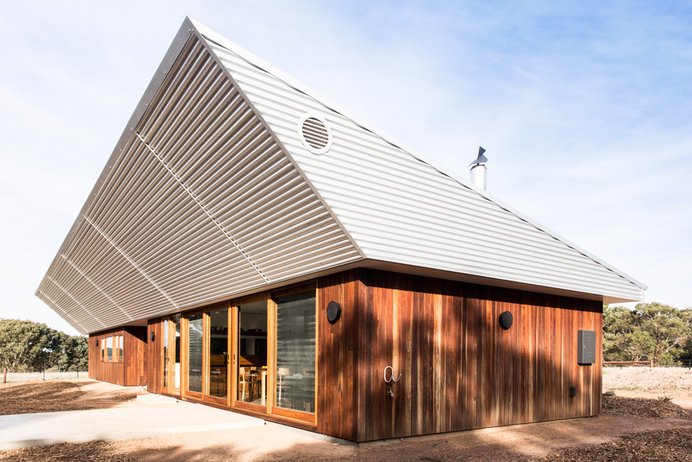
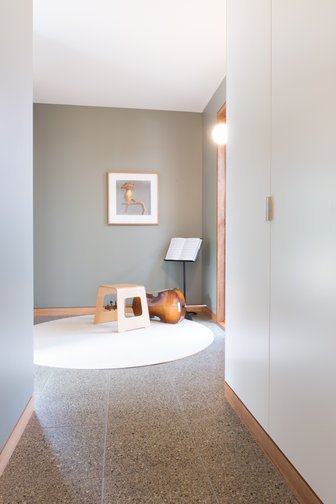
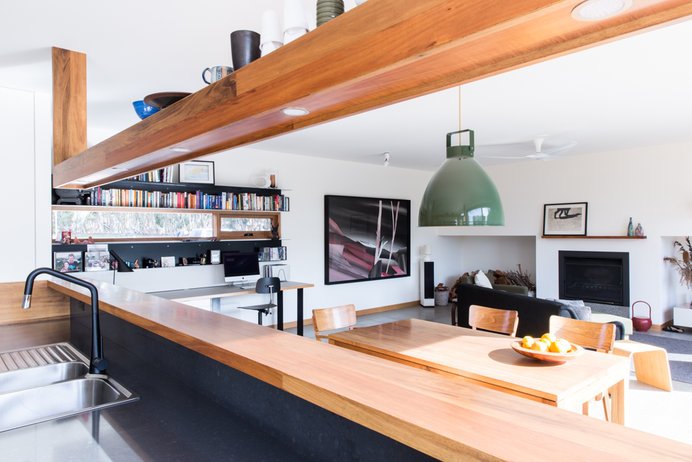
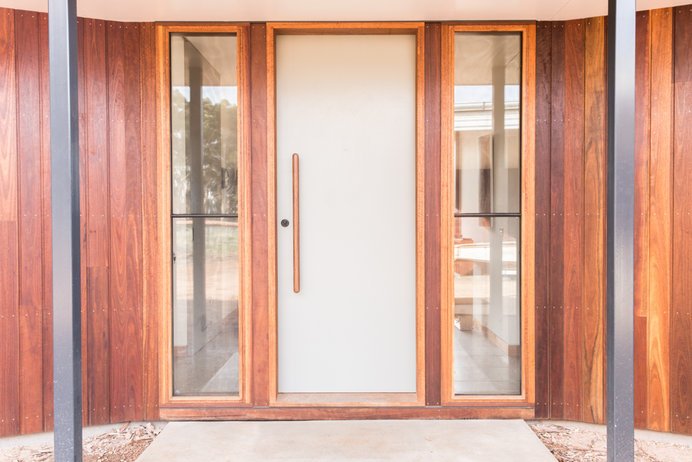
8 Star Modular House, Leura Lane
Hamilton, 2012
This project is a prototype for a system of energy-efficient modular housing, designed specifically for rural blocks. The Leura Lane house is a 2 bedroom model comprised of two separate pavilions: one containing a carport and storerooms; the other containing living quarters. The independence of these two pavilions gives complete flexibility to orientate the carport to face the street, while the living areas of the house can be oriented north or towards preferred views. The house is linear in plan, with living areas at one end, the entry and utility spaces in the centre and bedrooms at the opposite end. This plan provides the flexibility for additional bedrooms, bathrooms or living spaces to be added to the basic model. Energy efficiency is a strong focus of the design. The house achieved an 8.2 star energy rating through the use of passive design principles, readily available materials and standard construction methods. The site is a semi-rural landscape on the edge of town that contained a significant amount of native vegetation. The use of natural materials that responded to this context was an important consideration and a restrained, simple palette was used both externally and internally. The interior has a warm, earthy ambience with terrazzo tiles throughout the house and Australian hardwoods used extensively.
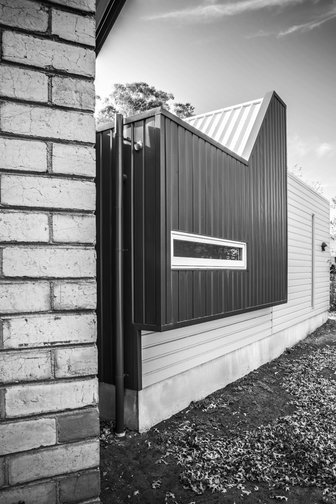
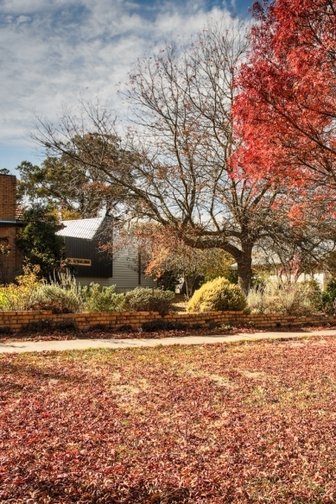
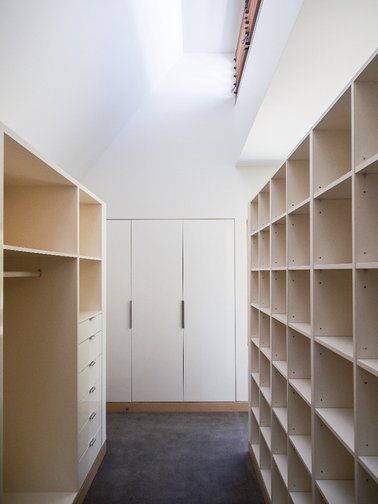
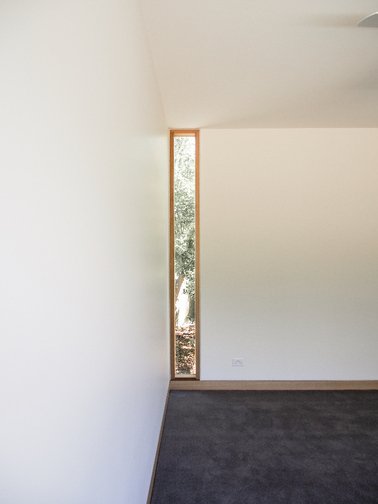
Additions to 56 Burns St
Hamilton, 2013
This project breathes new life into a post-war brick veneer bungalow. The addition comprises a master bedroom, ensuite, robe and study, while the kitchen, dining and lounge room in the existing building are reconfigured as an open plan living space. The design strategy is to create a distinctively new addition by breaking with the orientation, form and materials of the existing house. Traversing the width of the site, the addition effectively separates the public realm of the front garden from the private open space of the back yard. The living spaces open broadly onto the north-facing private garden, while slotted windows present a more reserved address to the street. Unexpected surprises are revealed within the interior. The cosy scale of the study is nestled amongst the trees like a cubby and cedar highlight louvres elevate the walk in robe beyond its utilitarian function. The transition between existing and new is handled carefully. The junction is marked by a deep recess in the fa’ade that is clad in a darker colour, making a visual break between the two. The tiled roof over the living area was rebuilt to complete the form of the doubled fronted brick bungalow. The new roof slides underneath the eaves line of the tiled roof leaving it completely unbroken.


